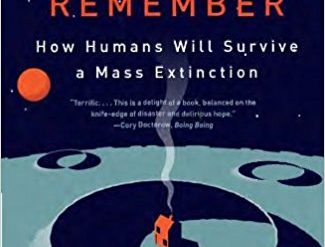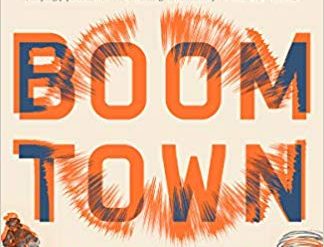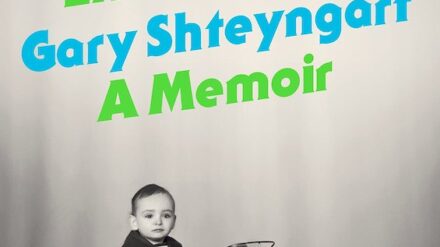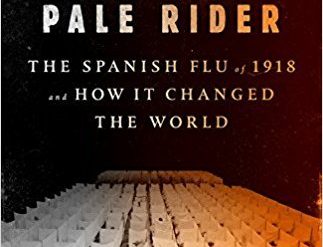
In a full-page ad for Michael Lewis’ new book inside the front cover of the New York Times Magazine (May 9, 2021), the publisher asks, “Where did we go wrong? And how can we get it right?” After all, as the ad states, “In 2019, a panel of public health experts judged the U.S. to be more prepared for a pandemic than other G7 nations.” And we all know how that worked out. Michael Lewis explains why in just three hundred pages—and spotlights the heroic efforts of a handful of medical scientists working behind the scenes to move the country toward an effective response to the COVID pandemic.
So, why DID we go wrong?
It’s well understood that one of the principal reasons the United States fumbled the response to the COVID pandemic was the incompetence, denial, and foot-dragging of the Trump Administration, and the President himself. But Lewis, and the many public health doctors he profiles in The Premonition, make clear that other factors loomed large as well. Almost pathological risk-aversion and ass-covering by the Centers for Disease Control. The innate inefficiencies and distortions of the country’s for-profit health care system. The decentralized US public health care “system” that’s not a system at all. And resistance to essential public health measures by a disbelieving and sometimes hostile citizenry.
The Premonition: A Pandemic Story by Michael Lewis (2021) 319 pages ★★★★★
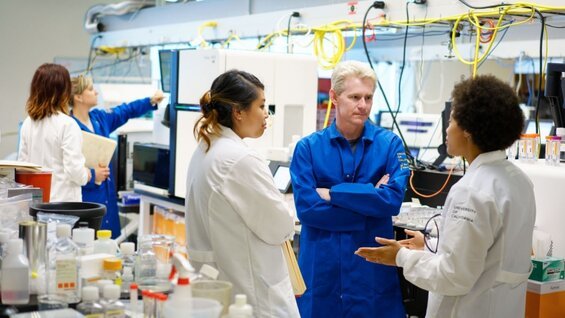
A remarkable cast of characters
In his many bestselling books, Berkeley, California-based author Michael Lewis tackles big questions from a human perspective. He tells his stories by profiling a handful of individuals whose experiences illuminate the larger reality. And those individuals are rarely the famous and powerful people whose lives dominate the popular press and the history books alike.
The Premonition: A Pandemic Story opens with the story of a thirteen-year-old girl named Laura Glass in New Mexico. In collaboration with her father, Bob Glass, a scientist at Sandia National Laboratories, Laura built an eighth-grade science project that modeled how an infectious disease spreads through a population. The essential fact the model revealed was that it was futile to fight a pandemic with vaccines alone, as the CDC always insisted. Social distancing is a must. And that insight came to be central to the plan developed by a team of seven doctors working out of the Bush White House to write a plan to combat a future epidemic. Lewis centers his tale on two of the remarkable doctors who wrote that plan, a PhD biochemist in San Francisco, and a public health doctor in California named Charity Dean.
Charity Dean

Charity Dean holds a Bachelor of Science in Microbiology from Oregon State University and a Doctor of Medicine and Master of Public Health and Tropical Medicine from Tulane University. Lewis chronicles the highlights of her remarkable hands-on work as the Public Health Officer for Santa Barbara County, California, and later as Assistant Director for the California Department of Public Health (DPH). In the latter job, she was instrumental in confronting the COVID pandemic in California. Lewis treats her as a hero, and it’s easy to see why.
Dean was among the first doctors in the country to sound the alarm about the COVID-19 outbreak, but she met a stone wall when she approached others. Her boss, the Director of the DPH—and her boss’ boss, in the Governor’s Cabinet—forbade her to sit in on meetings where she might talk about her fears or to send email about the disease. And the CDC stoutly refused to take action early enough to make a difference, insisting that developing vaccines was the key to fighting the pandemic. As Lewis remarks, “The root of the CDC’s behavior was simple: fear. They didn’t want to take any action for which they might later be blamed.” And the source of that fear lay in the 1976 swine flu scare, when the then-director of the CDC was forced out for moving to combat a pandemic that never broke out.
Since the events portrayed in The Premonition, Dr. Dean left the public sector. In 2020 she founded the Public Health Company, which offers a platform to protect businesses and communities from infectious disease.
Richard Hatchett
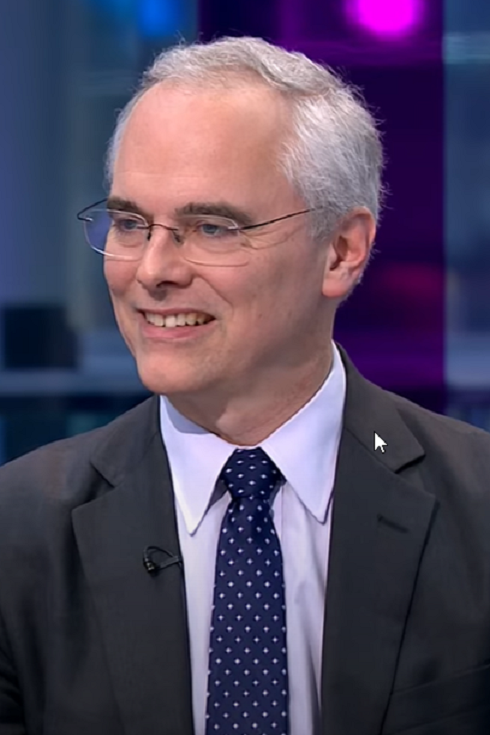
Richard Hatchett served in the White Houses of Presidents George W. Bush and Barack Obama. He was involved in the federal response to the spread in 2008 of the H5N1 avian influenza (“bird flu”), the 2009 H1N1 influenza pandemic, and the Ebola, MERS, and Zika epidemics.
Hatchett was named to the National Security Council in 2005 after President Bush read a book by John Barry entitled The Great Influenza: The Story of the Deadliest Pandemic in History. When Bush learned that the United States had no plan to combat a future pandemic, he demanded action. And that led to the formation of a team of seven doctors from across the federal government to write one. They came from the National Institutes of Health, the State Department, the Veterans Administration, the Justice Department, and elsewhere.
The star of the bunch was Dr. Carter Mecher of the VA [see below], and the close working relationship he developed with Dr. Hatchett made all the difference. Their plan—which drew on the insights in Laura and Bob Glass’ eighth-grade science project—called for taking the steps that were so belatedly adopted last year in response to the COVID pandemic, including social distancing and the use of face masks.
Dr. Hatchett holds an MD from Vanderbilt University School of Medicine. Currently, he is CEO of the Coalition for Epidemic Preparedness Innovations (CEPI), a global partnership of public, private, philanthropic, and civil organizations working to finance and co-ordinate the development of vaccines against COVID-19 and emerging infectious disease threats.
Joe DeRisi
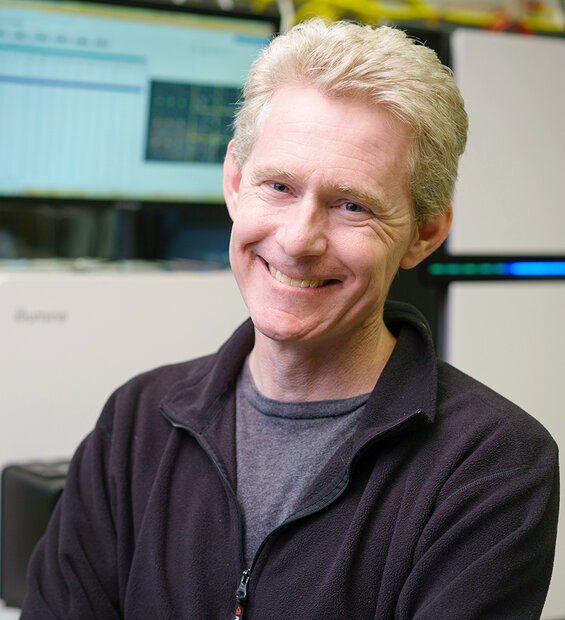
Joe DeRisi specializes in molecular biology, parasitology, genomics, virology, and computational biology. He chairs the Department of Biochemistry and Biophysics at the University of California, San Francisco (UCSF) and serves as co-president of the Chan Zuckerberg Biohub. (The Biohub was funded by a $600 million grant in 2016 from Facebook founder Mark Zuckerberg and his wife, Dr. Priscilla Chan.) DeRisi holds a BS in Biochemistry and Molecular Biology from the University of California, Santa Cruz, and a PhD in Biochemistry from Stanford University.
Among the many dramatic examples Lewis cites of the CDC’s dysfunction in an epidemic is one that involved DeRisi in 2003. Dr. DeRisi had just “read about the new outbreak in China” of what came to be called SARS. “‘We got in touch with the CDC,’ said Joe, and we said . . . ‘we might be able to help identifying the pathogen.'” The CDC was dismissive, because they’d never heard of DeRisi or the computer chip he’d created to compare the new virus with thousands of known pathogens. And that only changed when he won a MacArthur Foundation “genius grant” in 2004.
The CDC then finally relented and sent him a sample. “To Joe’s surprise, the CDC shipped the lung in an ordinary FedEx box. Weekend delivery,” which forced Joe to send postdoc students all over the shuttered campus to head off the FedEx delivery person. “Twenty-four hours later his lab had identified the pathogen,” stunning the CDC. Charity Dean, Richard Hatchett, and many other doctors cited in The Premonition had even less successful interactions with the CDC. The chickens came home to roost there in Atlanta in the COVID pandemic.
Carter Mecher
Of all the remarkable men and women profiled in The Premonition, the most extraordinary may well be Dr. Carter Mecher of the Department of Veterans Affairs. Mecher maintains such a low profile that I couldn’t locate online a single usable photograph. Nor is there much useful information written information, apart from a New York Times article (April 11, 2020) entitled “He Could Have Seen What Was Coming: Behind Trump’s Failure on the Virus.”
The article reveals that “a week after the first coronavirus case had been identified in the United States, and six long weeks before President Trump finally took aggressive action to confront the danger the nation was facing . . . Dr. Mecher was urging the upper ranks of the nation’s public health bureaucracy to wake up and prepare for the possibility of far more drastic action.” Mecher is quoted in the article’s first paragraph asserting that ““Any way you cut it, this is going to be bad . . . The projected size of the outbreak already seems hard to believe.” And that was early in April 2020.
Dr. Mecher is a Southerner who worked out of the VA’s Atlanta office for much of his career. He calls himself a “redneck epidemiologist.” Mecher was the genius lateral thinker whose insights guided the work of the “deep state” team of doctors who worked in the Bush White House to write a plan for combating a future pandemic. More than fifteen years later, Mecher reflected that “he and Richard [Hatchett] and others had spent years creating and selling the ideas that would, if quickly seized upon, prevent a lot of Americans from dying. Those ideas were useful, and yet no one in authority seemed willing to use them.” As Mecher reflected later, “We were going nuts.” And so were millions of the rest of us as the true dimensions of the COVID pandemic became clear.
Where do we go from here?
So, what went wrong? Read The Premonition, and you’ll find the answer. You may be less satisfied with the sketchy prescription for a more successful response to a future deadly pandemic. For example, based on Lewis’ reporting here, it seems obvious that a top-to-bottom reorganization of the CDC is in order. But how likely is that?
About the author

Michael Lewis in one of America’s most widely read nonfiction authors. Many of his nineteen books on finance, sports, and the operation of government have won literary awards and been bestsellers. He is best known for his first book, Liar’s Poker, for Moneyball and The Big Short, and, most recently, The Fifth Risk. Born in New Orleans in 1960, he now lives with his wife, photographer and former MTV reporter Tabitha Soren, and their three children in Berkeley, California.
In his introduction, Lewis explains how The Premonition relates to his previous bestselling book, The Fifth Risk. In that book he had “framed the federal government as a manager of a portfolio of existential risks,” including natural disasters, nuclear weapons, and many others. And the onset of the COVID-19 pandemic “was just the sort of management test I’d imagined when writing The Fifth Risk.”
For more reading
I’ve reviewed many other books by Michael Lewis on this site, including Flash Boys: A Wall Street Revolt (“The stock market is rigged!”) and The Fifth Risk (How government protects us from “the most alarming risks facing humanity”).
For another post-mortem on the pandemic in 2020, see Nightmare Scenario: Inside the Trump Administration’s Response to the Pandemic that Changed History by Yasmeen Abutaleb and Damian Paletta (America’s nightmarish response to COVID).
For historical perspective on America’s response to pandemics, see the book that set President George W. Bush on track toward a federal response to the onset of a pandemic:The Great Influenza: The Story of the Deadliest Pandemic in History by John M. Barry (A brilliant account of the 1918 flu epidemic).
And you can find a list of books on related topics at Books about epidemic disease and the COVID-19 pandemic.
For two other reviewers’ perspective on Lewis’ new book, see “The unknown heroes of the pandemic and how the U.S. government failed its citizens” by Elizabeth Greenwood (San Francisco Chronicle, May 17, 2021) and “Michael Lewis Chronicles the Story of Covid’s Cassandras” by Nicholas Confessore (New York Times Book Review, May 6, 2021).
You might also enjoy:
- The Code Breaker: Jennifer Doudna, Gene Editing, and the Future of the Human Race by Walter Isaacson (CRISPR technology may change the world as we know it)
- Pandemic: Tracking Contagions from Cholera to Ebola and Beyond by Sonia Shah (The existential threat of contagious disease)
- Spillover: Animal Infections and the Next Human Pandemic by David Quammen (Where do all those emerging diseases come from?)
- The End of October by Lawrence Wright (An all-too timely thriller about a pandemic)
And you can always find my most popular reviews, and the most recent ones, plus a guide to this whole site, on the Home Page.


